If you were a criminal in the early 1950s, your planning generally wouldn’t have included an escape by car. Well, not a high-speed escape, anyway. Sure, quick cars were available, but not fast cars. Not then, not really.
That changed with the introduction of the Jaguar MKII in 1959. Here, at last, was a car that enabled the 1960’s crim to show the pursuing plod a clean – and perfectly formed – pair of heels. People generally attribute the political and social changes of the 1960s to the invention of the pill, the mini-skirt, or even the Mini. I’d argue that the Jaguar MKII was up there with the best of them, transforming criminality into something, well, something quite special.
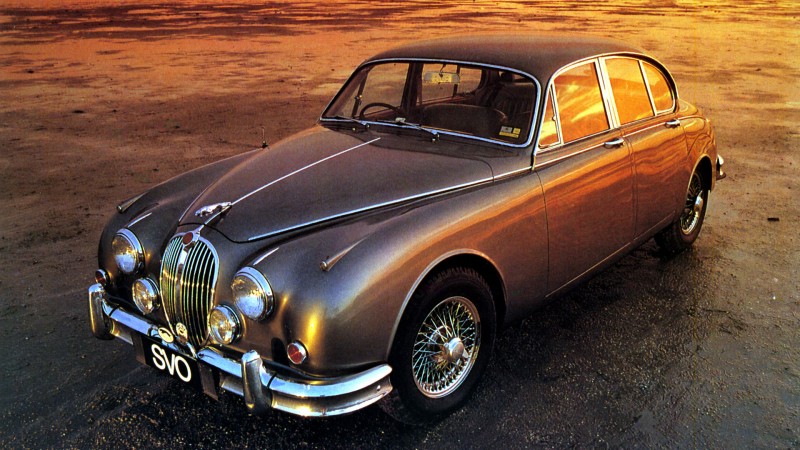
To look at its paper-performance now you wouldn’t think it was anything special but then, back when we viewed the world in black and white and didn’t bother to lock our back doors, a four-door car with five seats and a top speed of 125mph – and a 0-60mph time of 8.5 seconds – was ridiculous.
Then, as now, it was the criminal underworld who had the wherewithal and the cash to exploit this fine example of British engineering first and for a few years they ran with impunity, laughing at the Police struggling to keep them in sight (keeping up wasn’t an option) from the front seats of their Ford Anglia patrol car. While ringing a hand bell and shouting ‘Stop!’, presumably.
Yet the Old Bill might have been slow out of the blocks but when they got going, they really got going equipping themselves with Ford Lotus Cortinas as well as their very own Jaguar MKIIs. This marked a change in police thinking and a stoic approach to road traffic policing that ensured they would never again be outgunned in the car department, even if they do remain outgunned in the, er, gun department today.
History
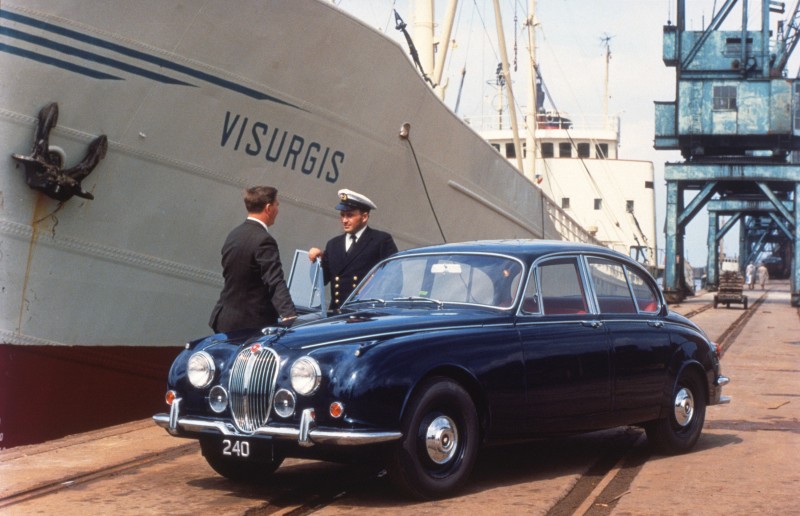
The Jaguar MKII was launched as a fully-fledged, fully formed, three-model range from the very start. Comprising a 2.4-litre, 3.4-litre (the sweet spot, according to many) and a 3.8-litre power outputs varied from 120bhp through to the 220hp of the 3.8. The 3.4-litre had just 10hp less, although the larger engined car boasted a whopping 240lb ft of torque against the mid-range model’s 215lb ft. The base model had to make do with 144lb ft.
Performance ranged from a barely adequate 102mph and a 0-60mph time of 14.5 seconds to 125mph and 8.5 via 120mph and 11.5 seconds. Something for everyone then, although everyone wanted – and still wants – the 3.8-litre.
But the Jaguar MKII wasn’t revered solely for its performance because the handling was every bit as impressive. Independent front suspension with an anti-roll bar, and trailing arms at the back all supported by four-wheel-disc brakes meant the Jaguar handled and stopped as well as it looked. This was the real advantage the Big Cat gave the driver-in-a-hurry; the ability to cover ground far faster than anything else – while carrying five hard lads with shooters and a bootful of stolen readies…
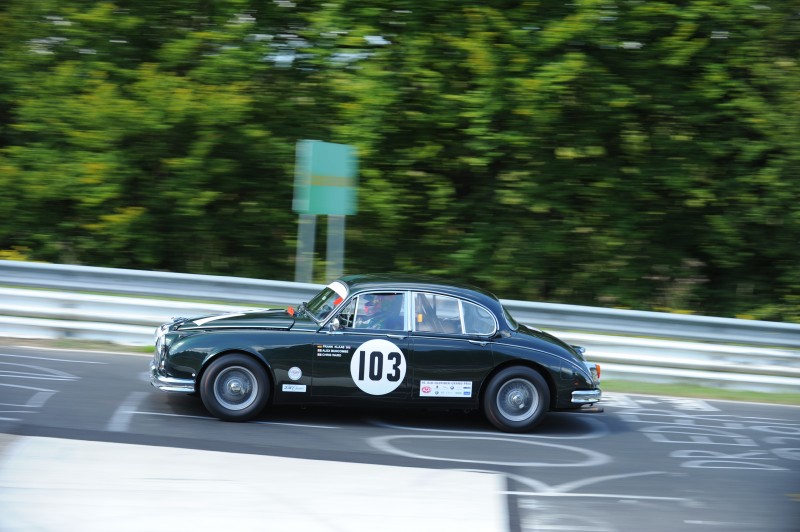
Killed in 1967 by the almost identical 240 and 340 saloons, the eight-year production life spawned 84,000 cars and a number of racing successes in the hands of legendary drivers like Denny Hulme, Roy Salvadori, and Duncan Hamilton.
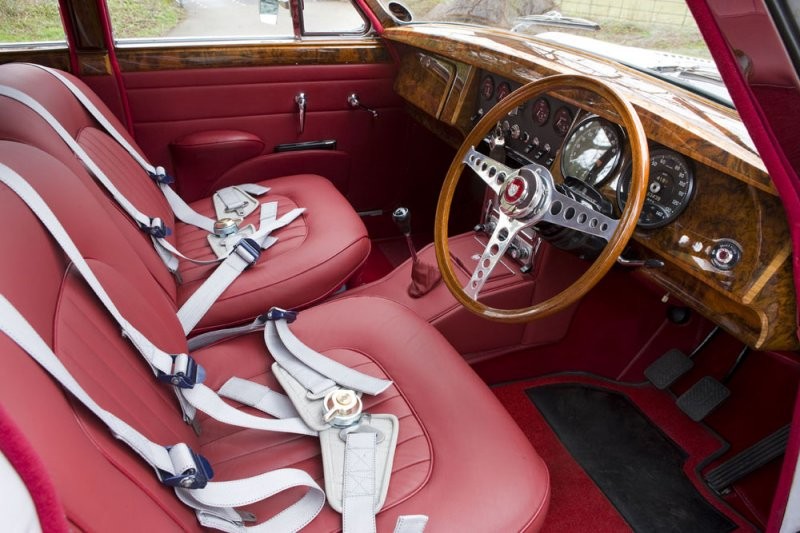
The Coombs
No history of the Jaguar MKII would be complete without a brief mention of the John Coombs modified cars. John himself was an ardent Jaguar fan and he realised that while the standard car was a very useful piece of kit straight out of the box, there was room for improvement. Fully fettled, a top-spec Coombs Jaguar MKII would hit 100mph nine seconds ahead of the factory car after passing 60mph in seven. No wonder his customers included Graham Hill and Roy Salvadori.
Driving a Jaaaaag
It’s a truism that you should never meet your heroes. I’ve driven a well sorted, Jaguar Heritage-owned E-Type and hated it. Absolutely, positively hated it as an ill-handling, slow, uncomfortable and unreliable piece of rust-riddled junk. (And that’s me being kind about it.) But the MKII was different. This was a hero you could still look in the eye after a spending time in its company. It was, if you like, the automotive equivalent of spending the evening drinking beer with Springsteen and finding out that he is the blue-collar, man’s man you always hoped he would be.
I ran a MKII for six glorious months, using it for commuting as well as high days and holidays and I loved every single moment of it. I loved the leather-and-walnut interior that was as comfortable as it was stylish. I loved the induction roar and the whuffle of the exhaust, and the hooligan handling that enabled you to explore every inch of grip those skinny tyres could provide. And when it all got a bit too much for the chassis (a situation that happened too frequently really but then I grew up driving hot hatchbacks on sticky runner) you could gather it up instinctively and neatly with that wonderful, pencil-thin riveted steering wheel.
It was a pleasure to own, too. Everything that needed servicing was accessible and straightforward and the reaction of other drivers was a constant source of delight. So many vied to let me out of side roads on my morning commute through Leeds that I was regularly five minutes quicker to work when I was driving it than when I was in anything else.
Sure, the synchromesh on the Moss gearbox could be a bit hit and miss, but the Jaguar is one of those cars that I remember with nothing but fondness and a tear of regret.
Buying One
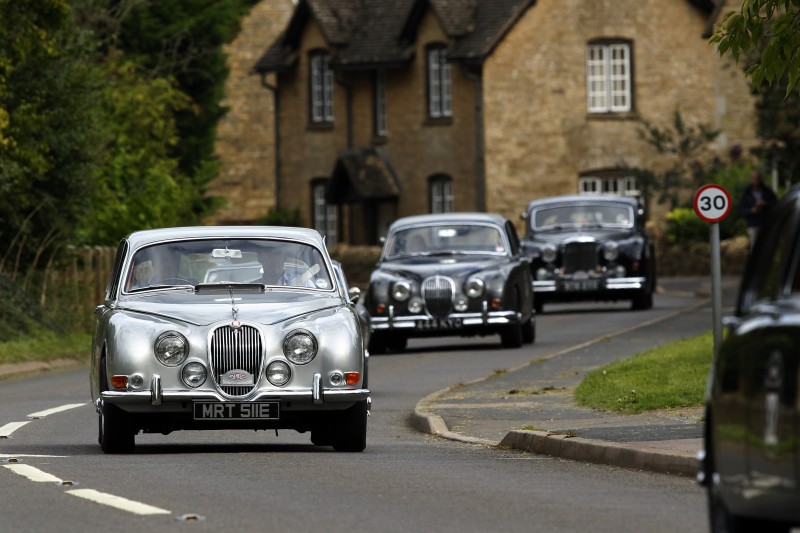
Look, I don’t write the rules, OK? So when you get tired of hearing me tell you to look for rust and paperwork it’s because they are the only two important things you need to remember when you are buying a classic car, not because I’m too lazy to Google the subject properly.
In the case of the Jaguar, you would be well advised to check for rust – and then check again, because it’ll have deteriorated in the time it takes you to walk from one end of the car to the other. A well-known Jaguar expert did a fine job restoring mine but even he couldn’t stop the rot rampaging through that beautiful coachwork. It’s probably safe to assume that every MKII Jaguar out there is suffering to one degree or another and budget accordingly. (In case you’re interested, I sold mine to a dealer for a Porsche 944 turbo plus a large amount of cash and thought I’d got a good deal until I realised the Porsche’s turbo was blown…)
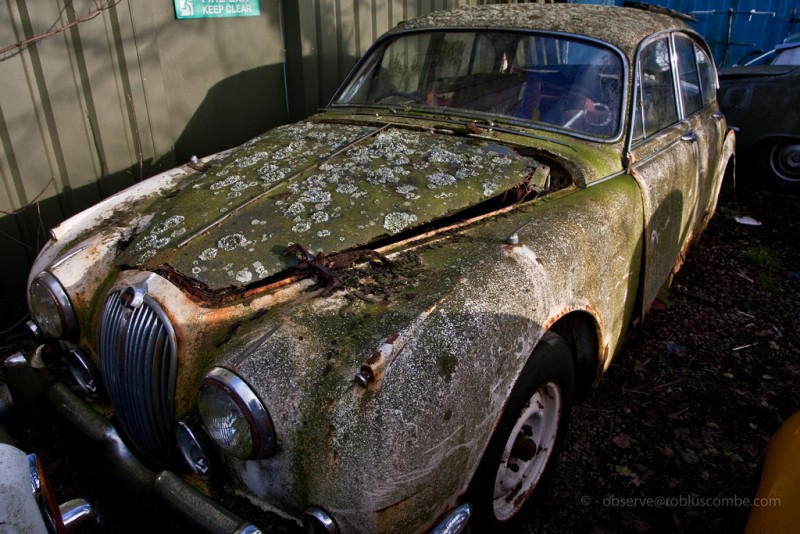
Jaguar Mk2 | by observe@robluscombe.com
After that it’s all about the paperwork. Obsessive owners look after their cars well and keep the paperwork to prove it. So you want to see a thick wad of receipts and invoices going back over the years, preferably with some photographs documenting the comprehensive restoration it’s just undergone.
Pricing
Whilst you can spend more than £70,000 on the best of the best, you’re looking at paying around £30,000 for something wonderful, while £20,000 will buy you something you could use everyday with a clear conscience yet not be ashamed of showing at your local classic car bash. Projects start at under £10,000 but I wouldn’t touch one of those, no matter how cheap.

In terms of price trends, fair to say that prices of MkII have not rocketed over the past year, however they have not really dropped either. Don’t buy because you want to see a quick return, buy because it gives you the chance to own a landmark British classic that can still be used regularly today.
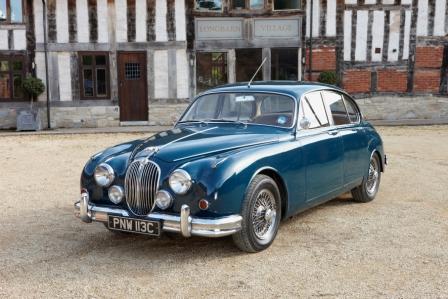
Try Before You Buy
If you get the impression I’m hesitant about buying one, you’re right. That’s not because you shouldn’t, just that you need to be very, very careful to buy the right car.
While you’re waiting, you might like to try hiring one. Great Escape Cars has a choice of two, a 3.4 and a 3.8 which, if nothing else, might tip you towards buying the smaller-engined – and considerably cheaper – 3.4-litre car. Prices start at £199 per day (£349 for two days, plus £120 for every subsequent 24-hour period) and having used them myself I can vouch for the quality of its cars and the service.
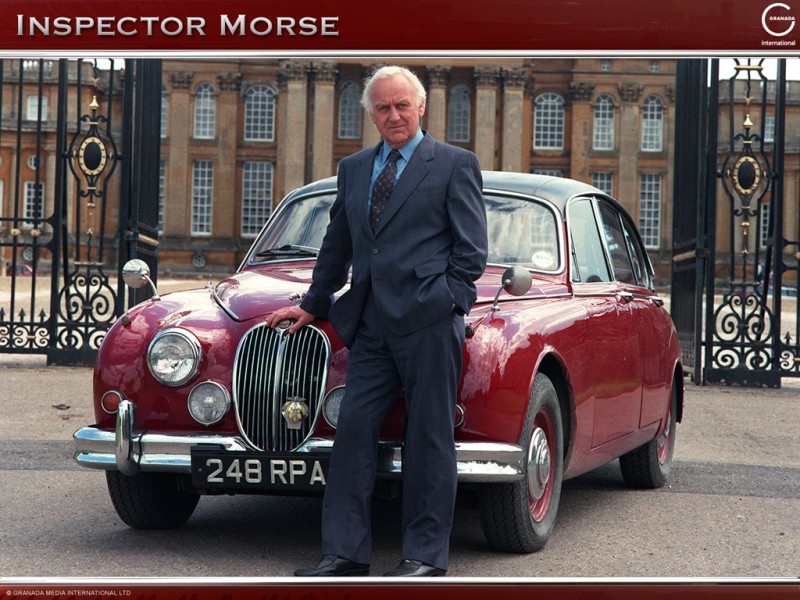
Inspector Morse
Look, he drove a rust-bucket, 2.4-litre in a God-awful colour. That it sold for over £100,000 was a travesty that still rankles. Good grief, just think of the decent metal that 100k would buy you…
Carlton Boyce